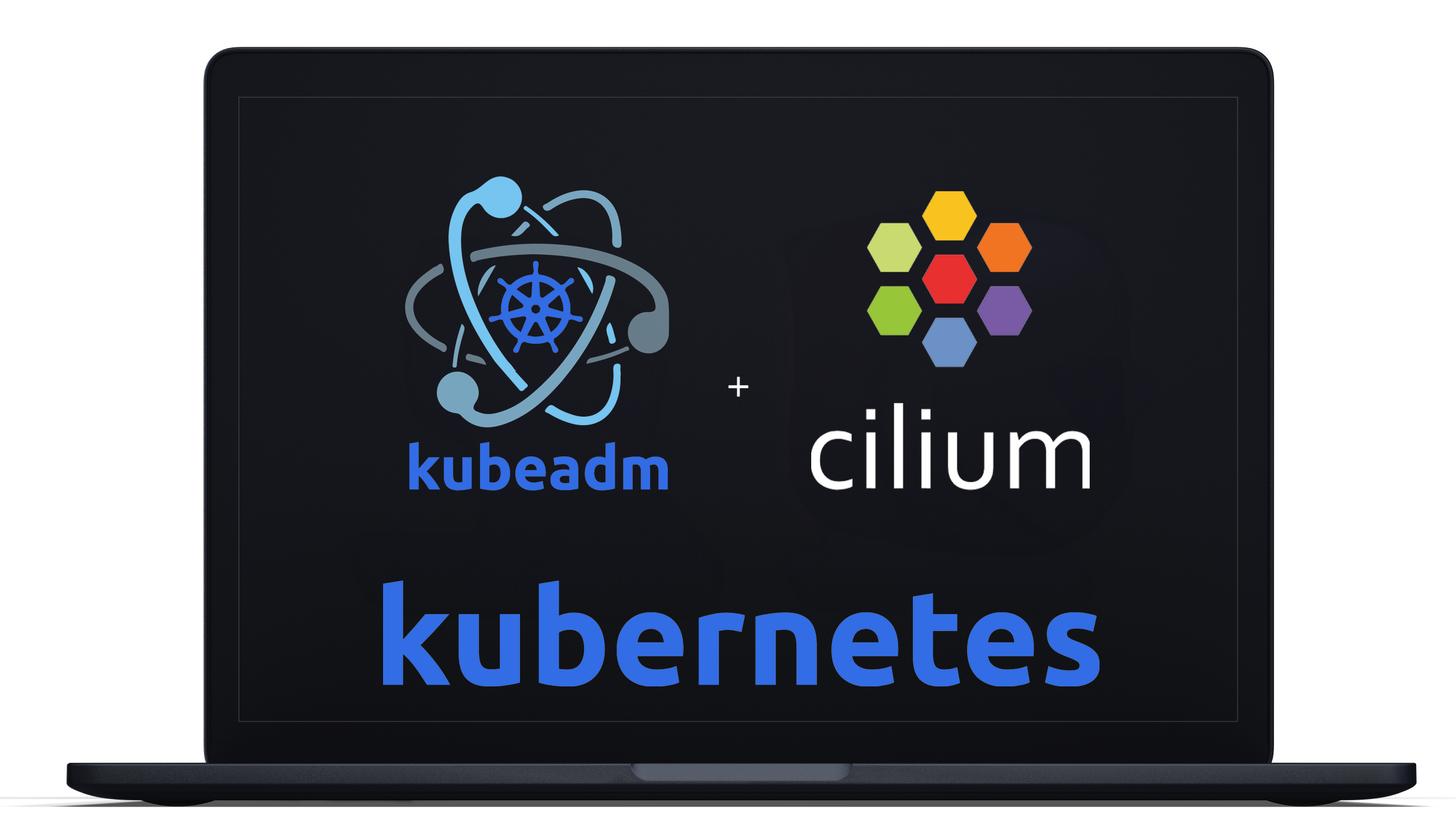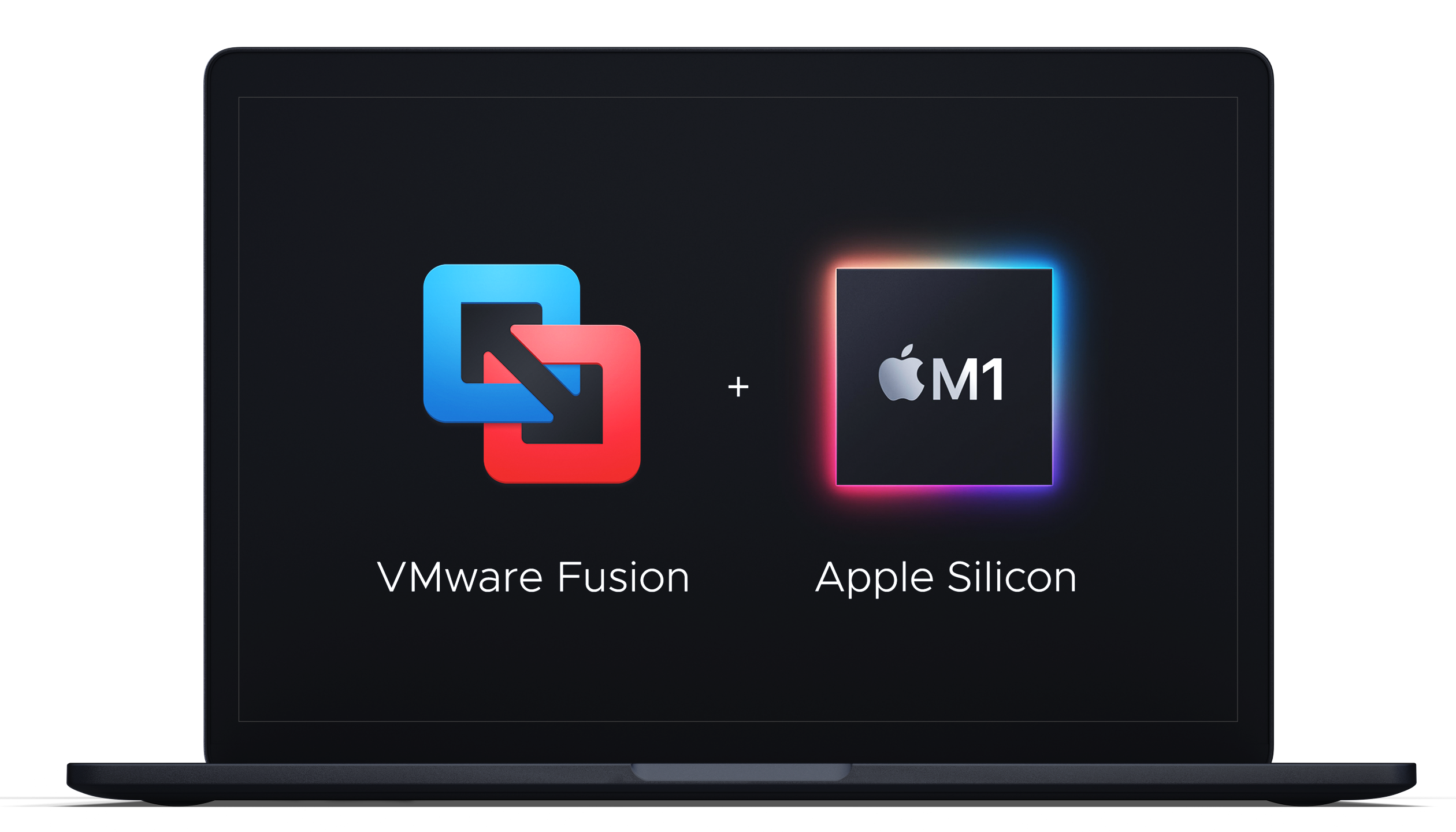Installing Kubernetes 1.30
Kubernetes on your Laptop (3 part series)
This is the third and final post in my “Kubernetes on your Laptop” series. In this post, I will show you how to install Kubernetes on Ubuntu server. If you haven’t read the previous posts, I recommend you go back and ensure you have an Ubuntu server running on your laptop before proceeding.
Continue reading


